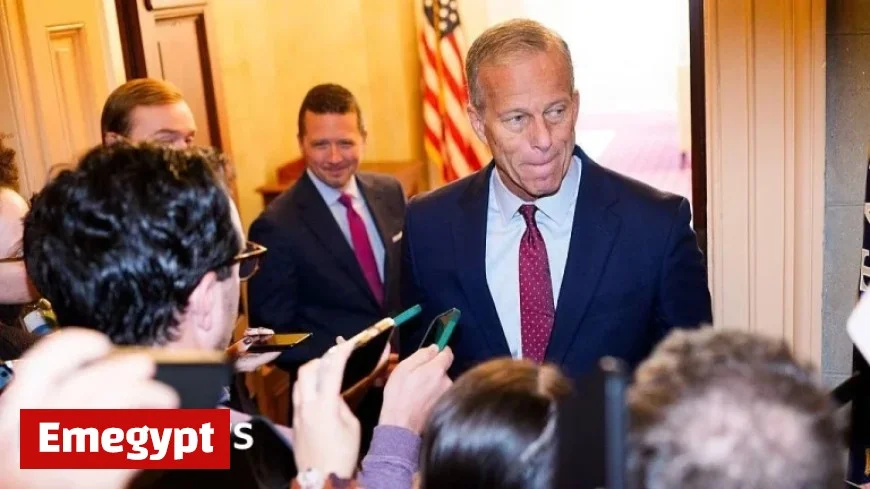US Senate Approves Plan to Conclude Longest Government Shutdown in History

A significant breakthrough has occurred in U.S. politics, as the Senate has approved a plan aimed to conclude the longest government shutdown in American history. This development follows a weekend of intense negotiations led by Senate Majority Leader John Thune.
Details of the Senate’s Agreement
The plan received support from a minority of Senate Democrats, allowing it to move forward. This procedural vote is a crucial step toward securing funding for the government, which has been without a budget since October 1.
Impact of the Current Shutdown
The ongoing shutdown, lasting 40 days, is the longest on record and has significantly impacted various government services. Approximately 1.4 million federal employees are currently on unpaid leave or working without pay. The disruption has also affected critical services, including:
- U.S. air travel
- Food benefits for 41 million low-income Americans
Negotiations and Political Dynamics
The agreement comes after bipartisan efforts involving not just Republicans but also Democratic senators Jeanne Shaheen, Maggie Hassan, and Angus King. Notably, Republicans hold a 53-47 majority in the Senate and needed at least 60 votes to advance the measure. They garnered eight votes from Democratic senators while only losing one, Senator Rand Paul from Kentucky, who expressed concerns over the potential increase in national debt.
Funding Provisions and Future Votes
The deal includes provisions for voting in December on extending healthcare subsidies, a significant issue for Democrats. Senate leaders had emphasized the need for bipartisan efforts to address the healthcare crisis:
“I’m thankful to be able to say we have senators, both Democrats and Republicans, who are eager to get to work,” Thune stated. However, some Democratic leaders voiced dissatisfaction, arguing the agreement did not adequately address the healthcare concerns they prioritized.
- Chuck Schumer, Senate Democratic leader, criticized the deal for failing to tackle the healthcare crisis.
- California Governor Gavin Newsom labeled the decision to support the agreement as “pathetic”.
Future Challenges and Coverage
The approval of this plan is just the initial procedural step. It must still pass through the House of Representatives where it could face additional challenges. The deal encompasses three appropriations bills to fund various agencies, including veterans affairs and agriculture.
Additionally, it sets a continuing resolution to finance government operations until January 30. This raises concerns about the possibility of another government shutdown early next year. The agreement ensures that all federal employees will receive back pay for the duration of the shutdown and continues funding for the Supplemental Nutrition Assistance Program (SNAP) through next September.
The situation remains fluid, and stakeholders continue to monitor the developments closely. The outcome in the House will determine the course of government funding and services in the coming months.





























